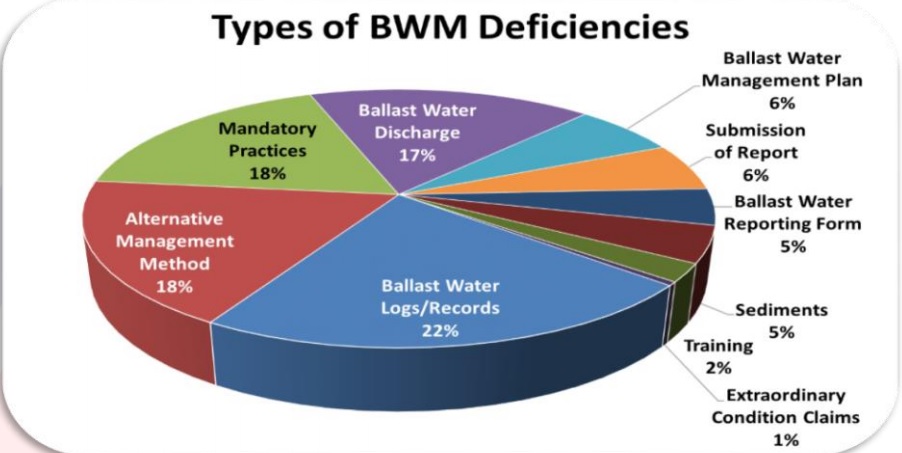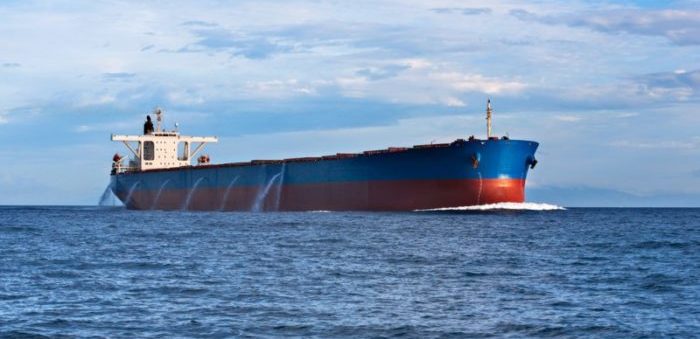In its PSC Annual Report for 2017, USCG revealed an annual detention rate of 0.99%, the lowest ever in the US, unveiling however an increase in detentions related to fire fighting and MARPOL Annex I deficiencies. The report also informed that deficiencies related to BWM compliance significantly increased in this period.
In March of 2012, the Coast Guard published the final rule titled, “Standard for Living Organisms in Ships’ Ballast Water Discharged in US Waters.” The rule became effective in June of 2012, whereby the Coast Guard amended its BWM regulations by establishing a standard for the allowable concentration of living organisms in ships’ ballast water discharged into waters of the US. Furthermore, the rule amended Coast Guard regulations for engineering equipment by establishing an approval process for BWMS.
[smlsubform prepend=”GET THE SAFETY4SEA IN YOUR INBOX!” showname=false emailtxt=”” emailholder=”Enter your email address” showsubmit=true submittxt=”Submit” jsthanks=false thankyou=”Thank you for subscribing to our mailing list”]
Beginning January 1, 2016, the implementation schedule for installing BWMS began, and both existing and new vessels were required to begin installing and using BWMS type-approved by the USCG or adopt one of the other compliance options, and ballast water exchange began to be phased out.
BWM compliance statistics
- The number of BWM exams conducted by the US Coast Guard increased in 2017 by 1.9%.
- Deficiencies increased from 110 in 2016 to 219 in 2017, a 99.1% increase.
- The majority of the deficiencies were related to logs/records, alternate management systems (AMS), mandatory practices, BWM plan, and the discharge of untreated ballast water into waters of the U.S.
- Consequently, the USCG imposed operational control restrictions on 17 vessels due to the severity of deficiencies where some of these vessels were required to leave port in order to comply. These vessels received sanctions ranging from warnings, Notice of Violations (NOV), and Administrative Civil Penalty (Class I) actions for failure to implement BWM requirements.
- The lack of familiarity and training regarding the use of a BWMS, maintenance of the BWM plan specific for the vessel, and implementation of a BWM strategy were found to be a common trend with the deficiencies identified.
In some cases, the Coast Guard found that the BWMS was only used during voyages to the US and that crews received little or no training in operating and maintaining the system.

In view of these, the USCG noted:
- For a BWMS to operate reliably, it must be used regularly and in accordance with the manufacturer’s specifications, as this improves crew operational knowledge of the BWMS and its reliability
- The BWM plan should include routine shipboard operations and contingencies for those situations when compliance with the BWM requirements is not possible.






























































